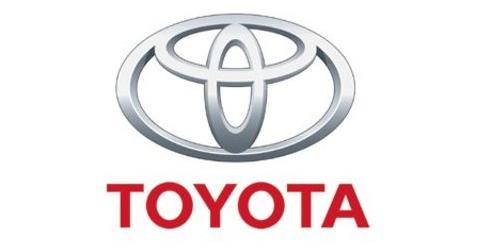Is it possible to convince ordinary Americans who routinely open 3-pound value cans of coffee, shovel the grounds into a paper filter, push a button, and go about their business to suddenly change their ways? Will they be willing to spend $2 or more per day on the same item? Will this eventually evolve into a $1400 per year habit of a latte and a scan each day? The answer to these questions, according to Starbucks, is “absolutely!” Starbucks began as a coffee importing firm. Howard Schultz, an employee in the organization, toured Italy in the early 1980s and watched as crowds of city dwellers began each morning with a stop at a coffee bar. Schultz tried to convince the owners of Starbucks to do something similar in the United States and was roundly rejected. Quitting the firm and launching out on his own quickly turned into a lucrative decisionContinue reading
International Business Strategies
Foreign Market Entry Modes – Five Modes of Foreign Market Entry
Changes in the internal and external business environment have meant that more and more firms are expanding their operations across country borders. External factors such as: the removal of trade barriers, free trade agreements between countries, and an emerging middle class has made the idea of going global more attractive to organisations across the world. Internal factors such as: increasing profits, increasing market share and becoming a global brand are more drivers for organisations to globalize. Whilst there are a lot of drivers of internationalization, and hence potential advantages to internationalize. Types of Foreign Market Entry Modes An organisation has a number of different entry modes to choose from when it internationalizes its operations. All organisations will have different reasons for going global, which will have an influence on which entry mode is best suited to them. An organisation will need to determine their desired level of commitment, flexibility, control,Continue reading
Ansoff Matrix Analysis of Toyota
Toyota is the most leading Japanese automobile company. By creating more innovative car design and spending billions dollars in advertisement a year, Toyota has appeared in the eyes of many auto consumers worldwide. By producing high quality vehicles at affordable prices, Toyota has built its reputation globally. Toyota has reduced their prices as compared to other automobile makers. Toyota believes that the role of purchasing should be long term at the lowest price and no compromise on the production of quality products. Normally, companies do not want to cut their targeted return and they follow the strategy which is formulated in to the cost + profit = selling price. But Toyota takes a slightly different strategy which is formulated in to the price-cost=profit. Strategic management has a direct impact on its business in all organizations. That’s why Toyota has become leading company in auto industry because of the attractive strategicContinue reading
Case Study of McDonalds: Advertising and Promotion Strategies
McDonald’s is the worlds leading fast food restaurant and is globally recognized. With over tens of thousands of stores spread across 119 countries, McDonald’s serves an astounding 50 million customers daily. McDonald’s has been viewed as the pinnacle and one of the defining features of the American lifestyle. Burger, fries, and a Coke were the traditional meal. Once it spread globally, it boomed into popularity because other countries wanted to be associated with the successful image of the “American dream”. McDonald’s provides a positive and caring attitude towards the community of which it serves. McDonalds’ vision states that “We are not a hamburger company serving people; we are a people company serving hamburgers”. With a vision so clearly committed to people, customers have responded by continuing to keep McDonald’s number one. Other aspects of the McDonald’s dining experience show why their customers continue to hold their reputation high.Continue reading
Case Study of Toyota: International Entry Strategies
Toyota is being known world-wide and being accepted as the world most popular car manufacturer. Wherever we go, not even a single soul did not know what a Toyota is. This is what we called as Toyotaism. But, to accomplish this was not that easy compared to how it sounds. Toyota had to face several issues and problems also had taken multiple actions to solve them. Hiroshi Okuda had identified 3 issues relating to the management of Toyota. Those management issues are; (1) Lag in product Planning, (2) Declining market share in Japan, and (3) was behind in overseas expansion. Due to these main issues, Toyota had taken several steps for the manufacturer to survive in its own name in own country and also to the world outside. For Toyota to make known of its brand name, a number of development strategies had been taken by Toyota. The first stageContinue reading
Globalization of an Existing Business – Need, Process and Impacts
Interdependence and integration of individual countries of the world is called globalization. The globalization integrates not only economies but also societies. The globalization process includes globalization of markets, production, technology and investment. However globalization has two important components, one is globalization of market and other is globalization of production. Today, a company can view the entire world as one country for its business operation. In fact the businessmen were doing their operations even in the past. History indicates that business operations were existing across the countries even in the old days. Therefore the concept of global business is as old as civilization. Crossing national and political boundaries for the purpose of business may be called as globalization. Globalization has the following features: Planning and operating to expand business throughout the world. Removing the differences between domestic and foreign markets. Buying and selling goods and services from one country to anotherContinue reading


